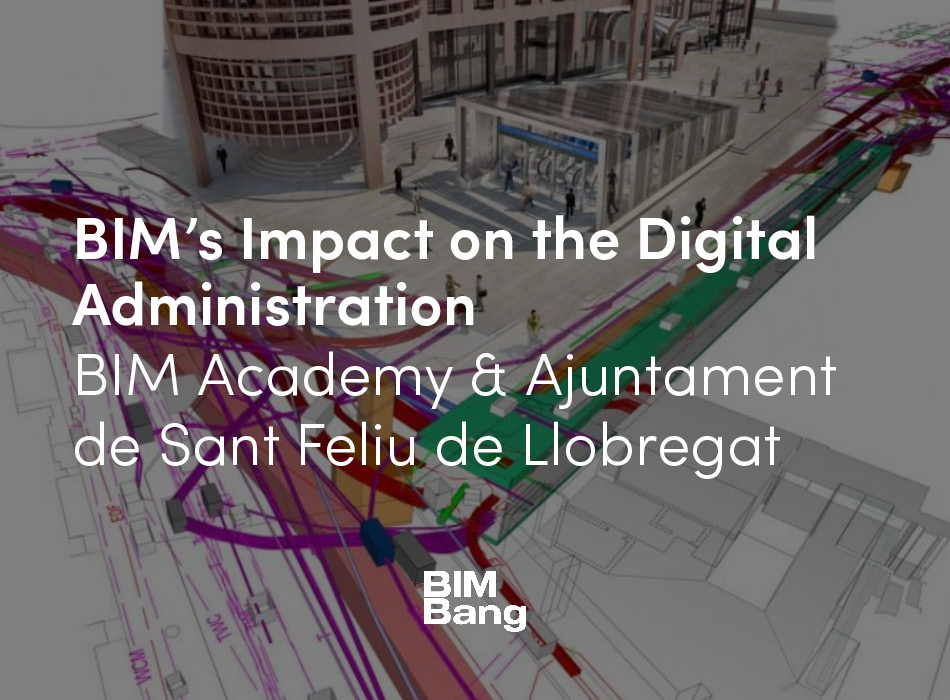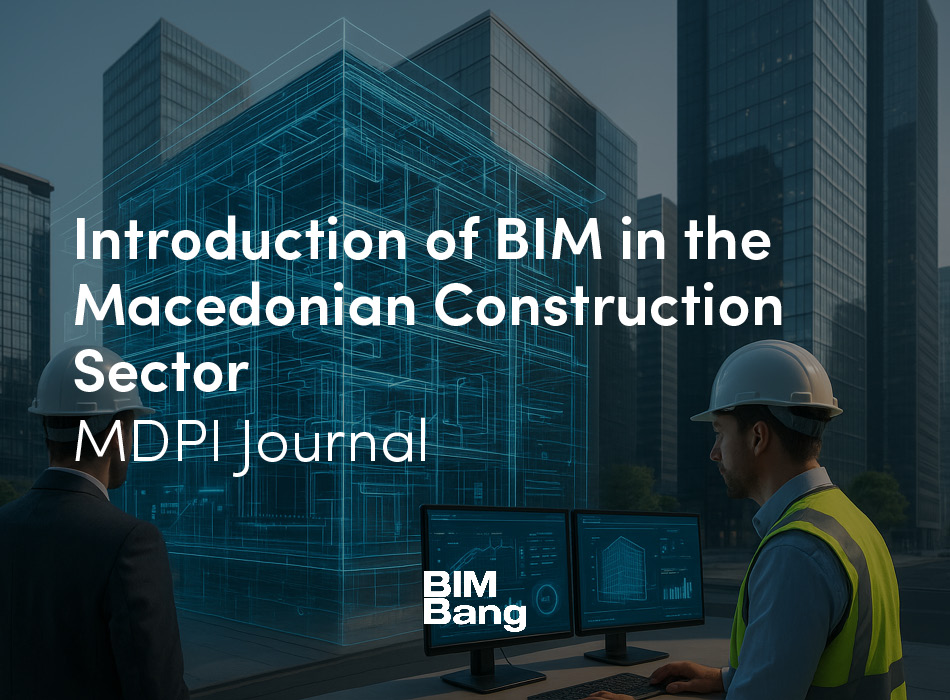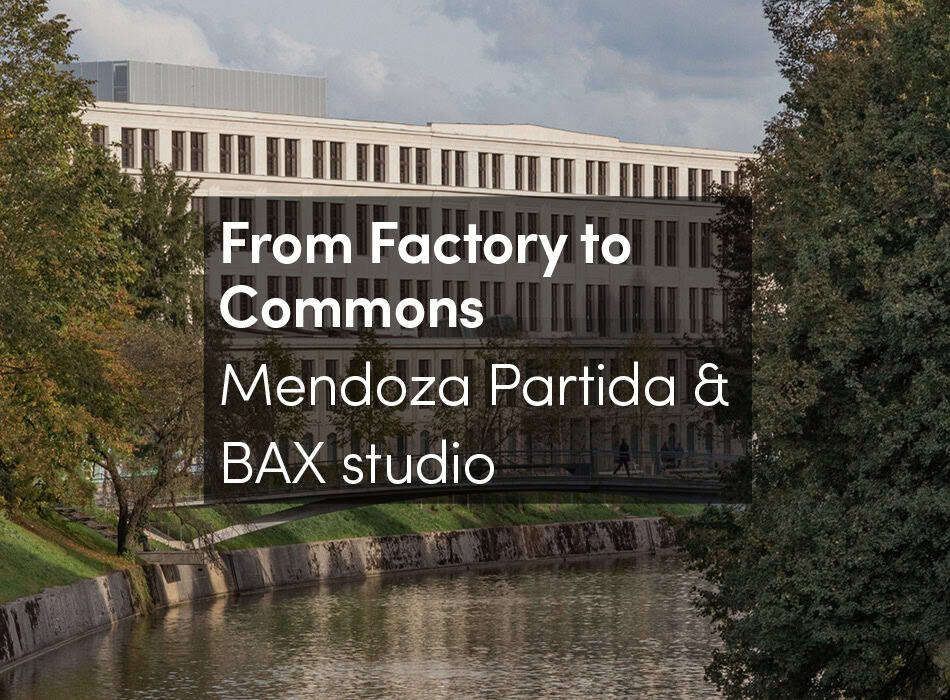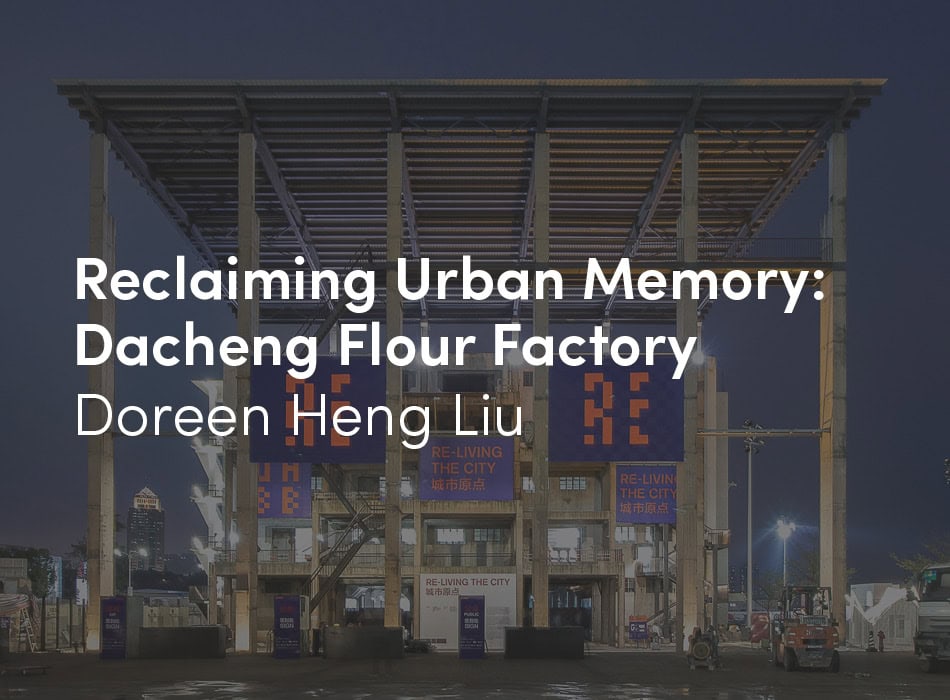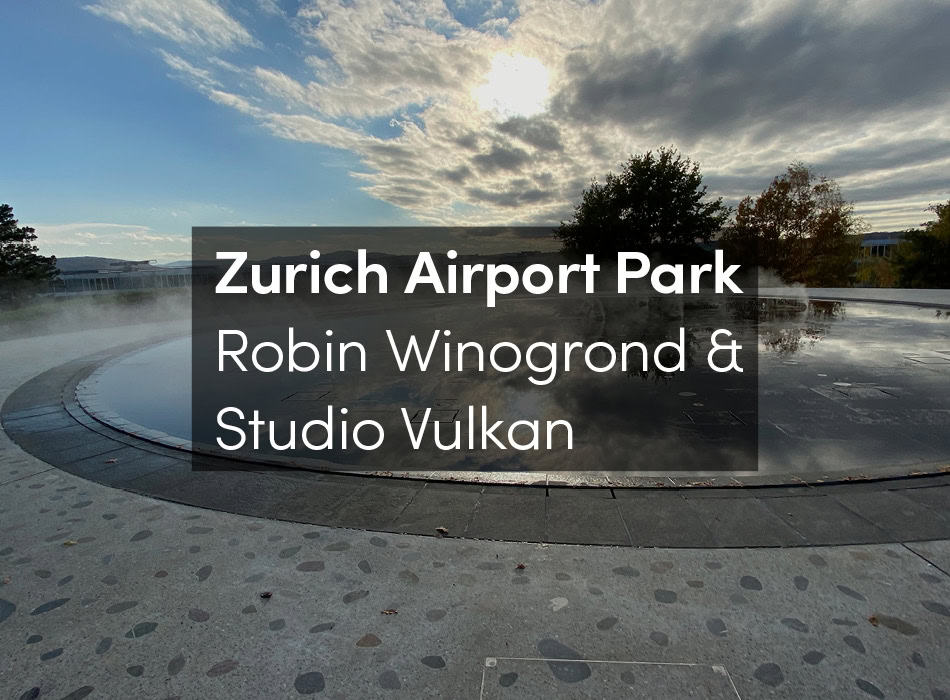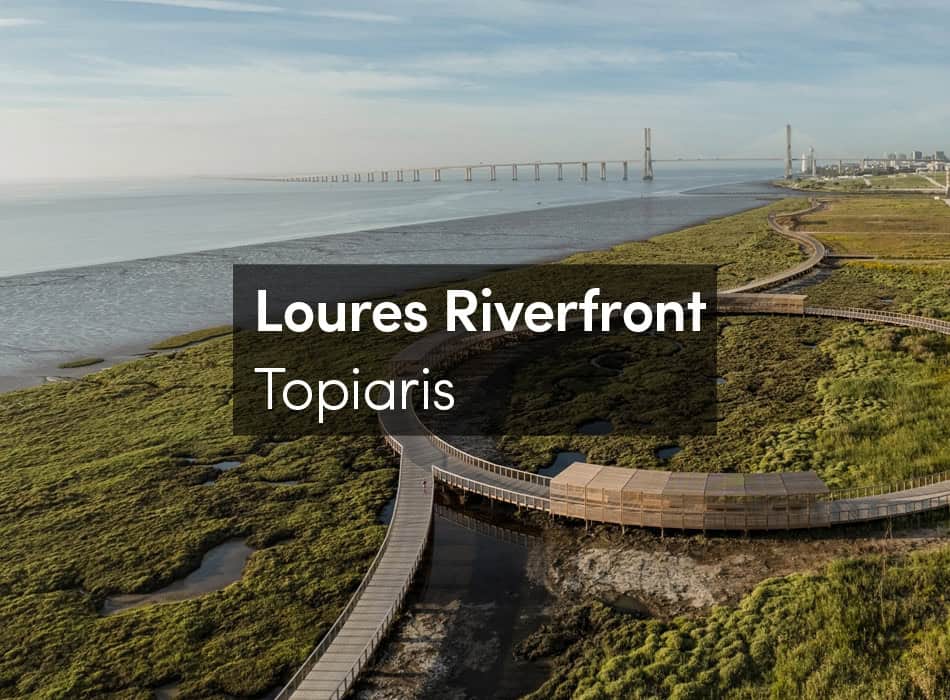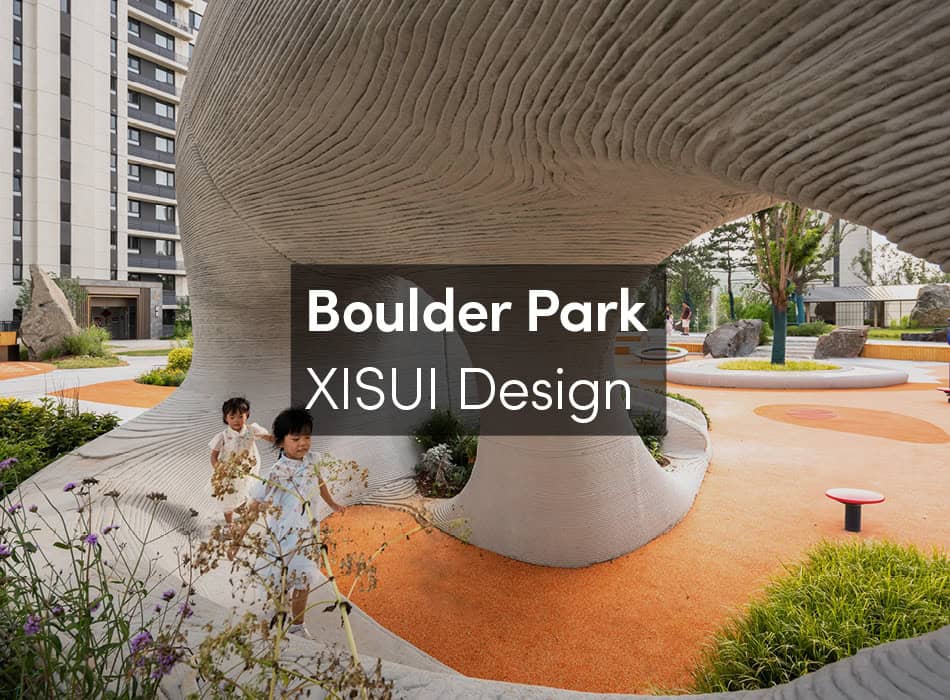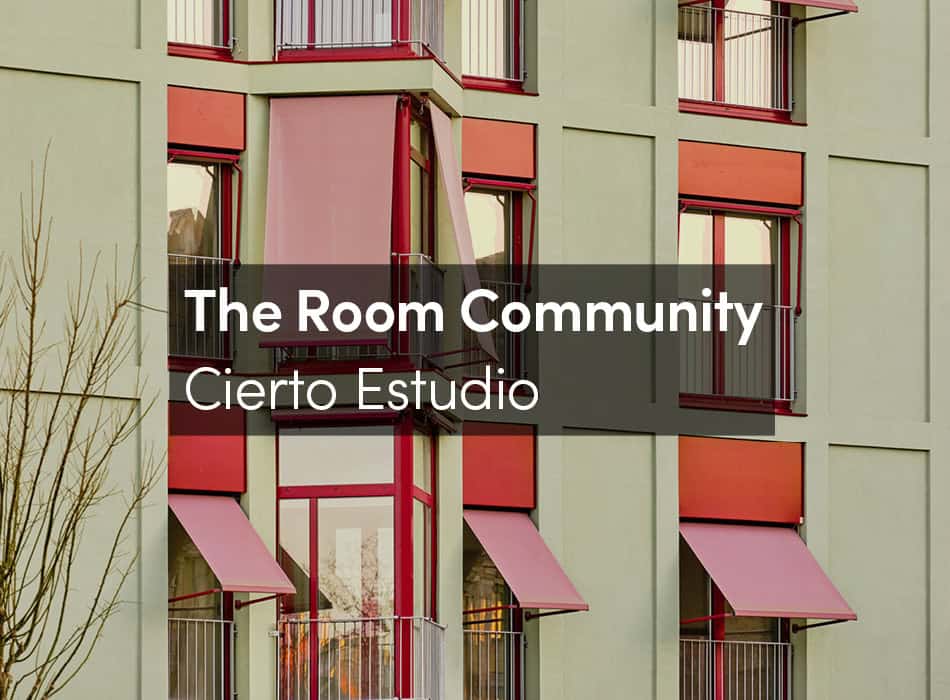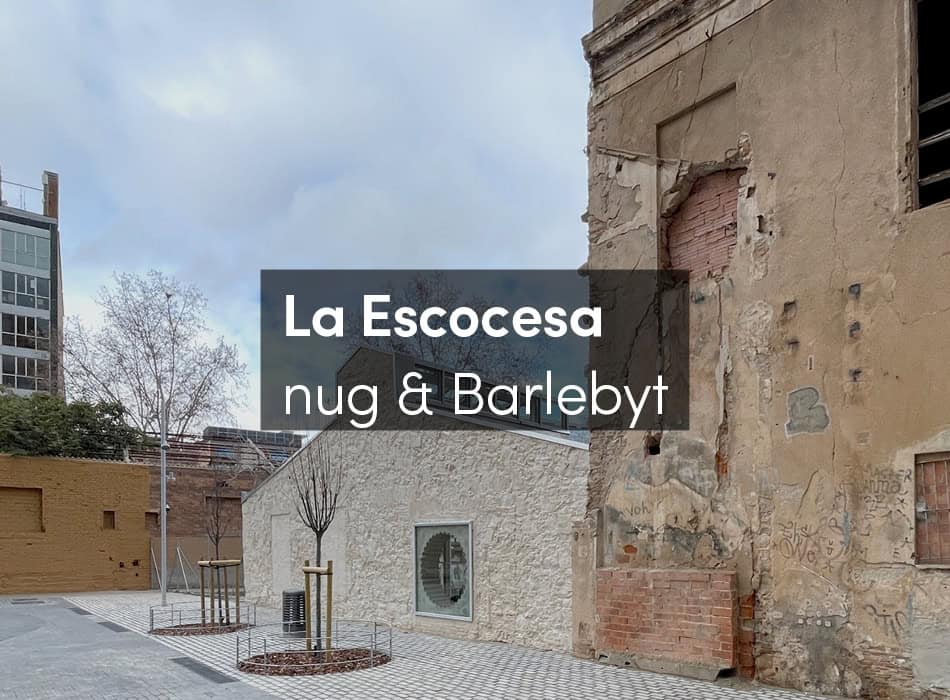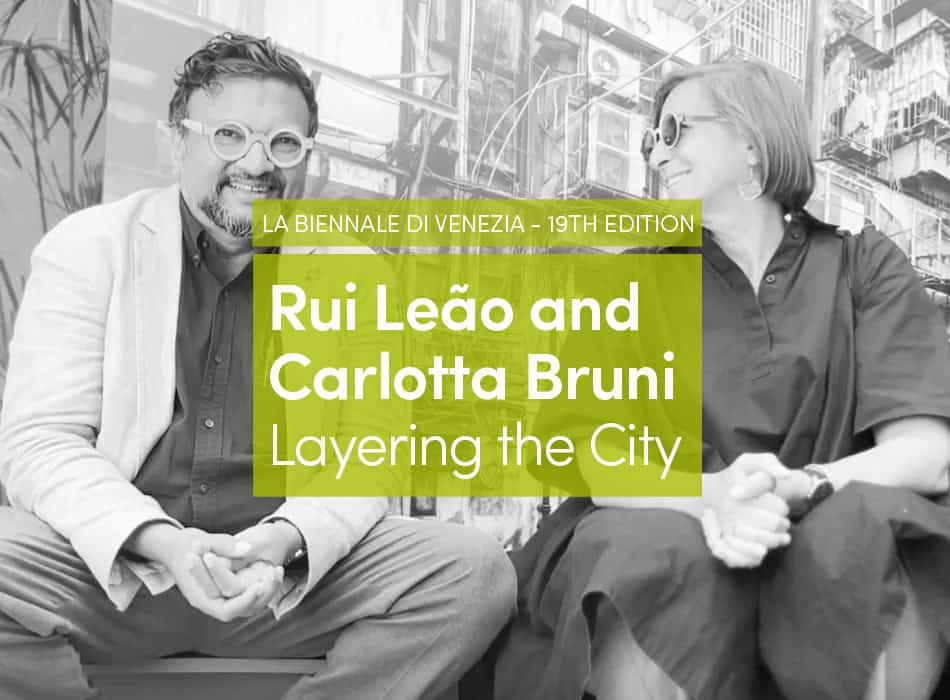The concepts of placemaking and (value) co-creation proved to be useful when discussing Malmö as a skateboarding city. In this context, the value co-creation mainly involves the municipality and the users/skateboarders (i.e., collaborations between public and mainly non-profit organizations), and is defined as a process in which stakeholders collaborate with and influence each other to create opportunities for synergistic outcomes. Book and Svanborg Edén (2021) highlight that this cooperation has generated user-driven culturally credible activities that fulfil objectives of the municipality without needing to generate direct profit. However, this cooperation has proven profitable in many ways. As stated by Savage et al. (2010), collaboration could enable organizations to achieve results or find solutions they could not achieve on their own.
Placemaking, as described by Book (2024, p. 03) “could be viewed as a process, a method and a philosophy concerned with using relations and collaborating with citizens in re-inventing and developing (public) places and creating shared value”. Rachel et al. (2021) highlight the relationship between top-down strategies and bottom-up tactics in urban placemaking, and identify three key processes for urban placemaking projects:
- Tactics: bottom-up initiatives grounded in the local community and conditions.
- Manoeuvres: strategies and negotiations to unlock formal systems and processes for the realization of the bottom-up, community-led initiatives.
- Strategies: top-down support and implementation of, or formal restrictions against, the initiatives.
Collaborative and participatory processes, mixing experts and non-experts, are essential in place development and making, In traditional urban development processes, the experts (i.e. planners or similar) take the lead and control the processes. In participatory urban processes, ‘non-experts’ become part of the development team or non-experts are in fact experts: “As users are experts of their own lived experiences, they can participate in design decisions and even participate as designers themselves” (Rachel et al., 2021, p. 495). Richelieu (2018) underlines that co-creation and cooperation involving multiple stakeholders, builds on the “willingness from managers and politicians to communicate, collaborate and find a consensus for the benefit of the local population” (p. 366).
When studying the development of Malmö as a skateboarding city from a placemaking and value co-creation perspective, I could, with the help of the interviews, identify two phases (Book, 2024). The first phase was the progressive development phase. With start around the shift of the millennium, Malmö developed into a skateboarding city built around different spatial, organisational, perceptual characteristics (presented above), shaping the identity and image of a skateboarding city. Book (2024, p.10 ) states that: “Malmö as a skateboarding city developed both in an organic way, by allowing and integrating new ideas and initiatives along the way, and in a structured, conscious way through a well-established organization of power.” To use the concepts presented by Rachel et al. (2021), the development of the skateboarding in Malmö has moved from bottom-up tactics, through manoeuvres, to top-down strategies.
The processes of placemaking and value co-creation have been intertwined in this process, as highlighted by the informants during the interviews.
The operational manager at the non-profit skateboarding organisation Bryggeriet views DIY sites as “the ultimate artefact for placemaking in the skate city” (Book, 2024, p. 07). Coming from the grassroots, these places are formed by lived experience and imbued with symbolic meaning. Besides the DIY sites, the operational manager identifies skate events as a breeding ground for placemaking and value co-creation, providing a tangible focus for community gathering and inviting diverse groups and skills into the process.
The American skateboarding researcher, a frequent visitor to Malmö, is impressed with the development, particularly the integration of various uses and users in the public space of Malmö. He highlights the potential of recognizing others and allowing people to interpret places for themselves, viewing this as a form of repurposing spaces, which is integral to placemaking.
The former skateboarding champion emphasizes the process of creating a place: “Malmö was really a poor skate town. But they did their own thing and developed the city” (Book, 2024, p.07). According to her, transforming a place into a skateboarding city involves placemaking with a diverse range of actors, rather than relying on favorable initial conditions. Reflecting on the placemaking process, she describes it as “crazy,” in a positive sense.
From Progressive Development to Maturity
The statements from the informants indicate that a shift has occurred. The initial “crazy” period has transitioned into a phase of normality marking the beginning of the professional maturity phase. Skateboarding has not only been increasingly formalized and professionalized as a sport in Sweden and internationally, but the planning of skateboarding has also been professionalized and integrated into the strategies of the city. Skateboarders do not have to (re)claim space and make noise to achieve their goals. Skateboarding is no longer seen as deviant, disturbing or rebellious but, rather, natural, signifying its maturity.
In the interview, the operational manager at Bryggeriet reflects on the remarkable journey from zero to Malmö’s current status as a skateboarding city. It all began with a group of skaters advocating for their cause. These individuals then continued to develop the “product” of the skateboarding city in various roles, such as school leaders, association developers, civil servants at the municipality, filmmakers and brand developers. They all started at the grassroot level, but then became part of the professionalization of Malmö as a skateboarding hub. The skateboarding coordinator notes that the different spaces, both physical and terms of power, are intertwined and interconnected. Skateboarding has been integrated and normalized in the city’s development. This might be what one of the civil servants at the Business Department in Malmö refers to when she says, “Skateboarding isn’t as hyped as ten years ago” (Book, 2024, p. 08). It has evolved from being a distinct and standout phenomenon to an integrated aspect of the city that is no longer highlighted separately. Today, discussions rarely focus explicitly on skateboarding as they did in the past. Skateboarding was a precursor, paving the way for collaborative placemaking methods—such as co-creation, re-doing, re-thinking, and the third place—in other sectors within the city.
What’s Next?
Despite being in the professional maturity phase, Malmö has continued to develop its skateboarding product. However, this is rather based on top-down strategies than bottom-up tactics. However, this development is now driven more by top-down strategies than bottom-up tactics. The maturation of Malmö’s skateboarding-friendly approach, combined with the fact that many skateboarders are now established professionals in various organizations and positions, risks undermining the edgy, alternative, and vibrant character of skateboarding. Additionally, professionalized structures can be difficult for newcomers to penetrate. As Malmö moves into the next phase, it may require new, young rebels to step forward. As the skateboarding coordinator describes it (Book, 2024, p. 03):
Fighting for one’s cause, getting involved, being involved in planning and feeling anticipation are important driving forces. These often disappear when it [i.e., the project, place, etc.] is finished. How can you create continued commitment? Perhaps by not providing ready-made infrastructure, but enabling continued development, creating flexibility, and causing new goals to be set.






